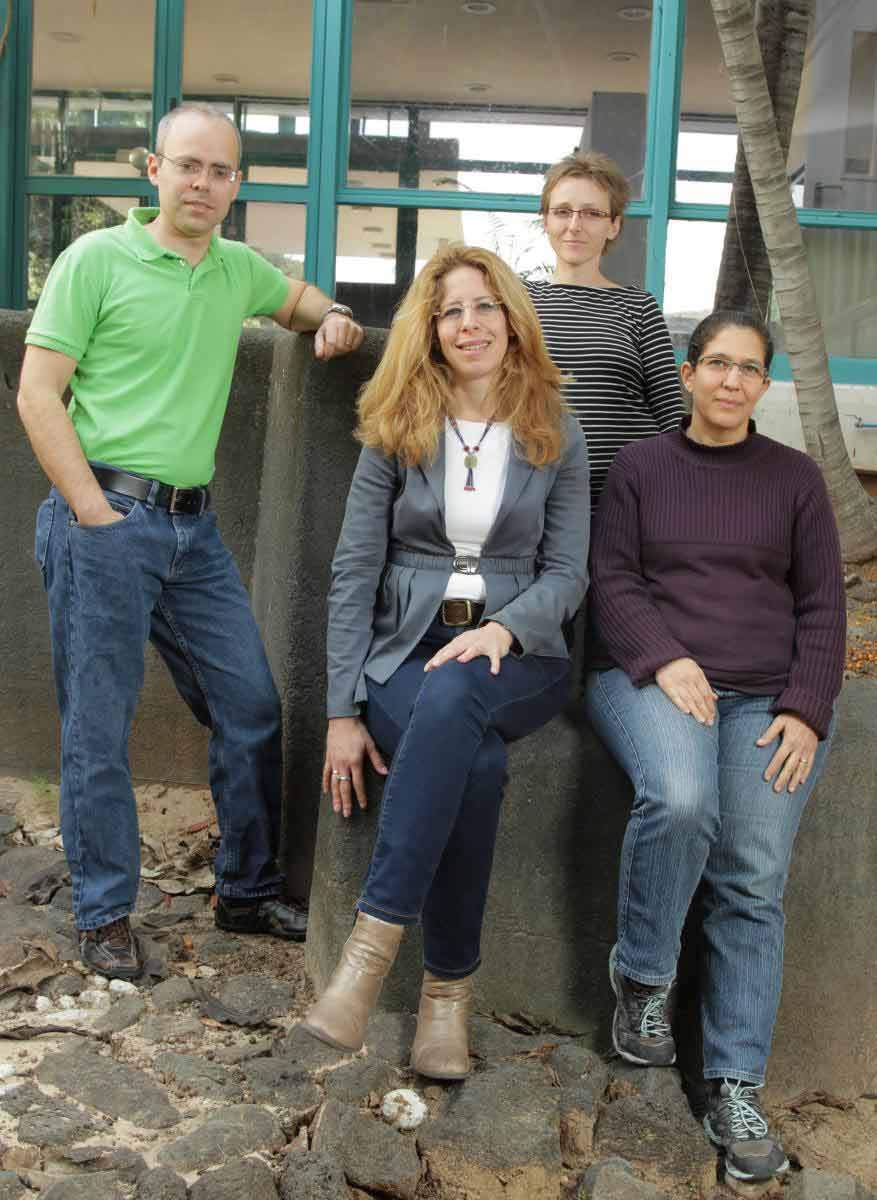Anybody who has ever seen how plastic bottles or wastepaper are compressed before being recycled is familiar with the brute-force equipment that crushes these materials in preparation for the recycling process. In contrast, the molecular machinery that prepares proteins for being recycled in living cells is subtle and sophisticated – and, according to a new Weizmann Institute study, much more versatile than previously thought.
The Weizmann scientists, led by
Dr. Michal Sharon, have revealed dynamic adjustments that take place in this machinery as it labels proteins intended for recycling. Understanding exactly how the recycling occurs is essential because mistakes in this mechanism are responsible for a host of widespread diseases. In fact, so central is the recycling machinery to the life of the cell that in 2004, the Nobel Prize in Chemistry was awarded to scientists who had clarified the function of ubiquitin, a small molecular tag that marks proteins slated for destruction by this machinery.
In virtually all the cells of our body, proteins that are worn, damaged or simply no longer needed are constantly being dismantled and reassembled for future use. Among the cellular structures that regulate this process is a large molecular complex called the signalosome. Itself consisting of eight proteins, it releases a command that ultimately results in tagging the targeted protein with ubiquitin.
Until now, the signalosome was thought to maintain a fairly permanent structure. But the new Weizmann study has shown that, in fact, this large complex is highly dynamic: Each of its eight subunits can assume different shapes; furthermore, the subunits can rearrange themselves into various compositions. In addition, the entire signalosome can move to different parts of the cell, depending on the task at hand.
Working with living human cells and using several technologies, including advanced mass spectroscopy, the researchers clarified how the signalosome operates in a crisis as it responds to DNA damage inflicted by ultraviolet radiation. The researchers found that the signalosome undergoes several adjustments. It rushes from the cytoplasm to the nucleus, where the damage has occurred; the more extensive the damage, the more massive its migration to the nucleus. Moreover, the signalosome’s subunits assume different shapes compared with the complex remaining in the cytoplasm. These findings reveal that the signalosome can adjust itself to match the cell’s changing needs.
The study, reported recently in
Molecular and Cellular Biology, was performed by Sharon, and Drs. Maria G. Füzesi-Levi and Gili Ben-Nisan in the Institute’s Biological Chemistry Department, together with Dr. Yishai Levin of the Nancy and Stephen Grand Israel National Center for Personalized Medicine on the Weizmann campus, Dr. Elisabetta Bianchi of the Pasteur Institute in France, and Dr. Houjiang Zhou, Dr. Michael J. Deery and Prof. Kathryn S. Lilley of the University of Cambridge.
The study may in the future shed new light on molecular mechanisms involved in the cell’s repair process following DNA damage; errors in this process may ultimately lead to cancer.
On a more basic level, the new findings may have broad implications for our understanding of how humans and other living organisms function on the molecular level. They suggest that not only the signalosome but also other large cellular machines might be much more dynamic and versatile than currently believed.
Dr. Michal Sharon’s research is supported by the European Research Council; the Sergio Lombroso Award for Cancer Research; and Karen Siem, UK. Dr. Sharon is the incumbent of the Elaine Blond Career Development Chair in Perpetuity.
